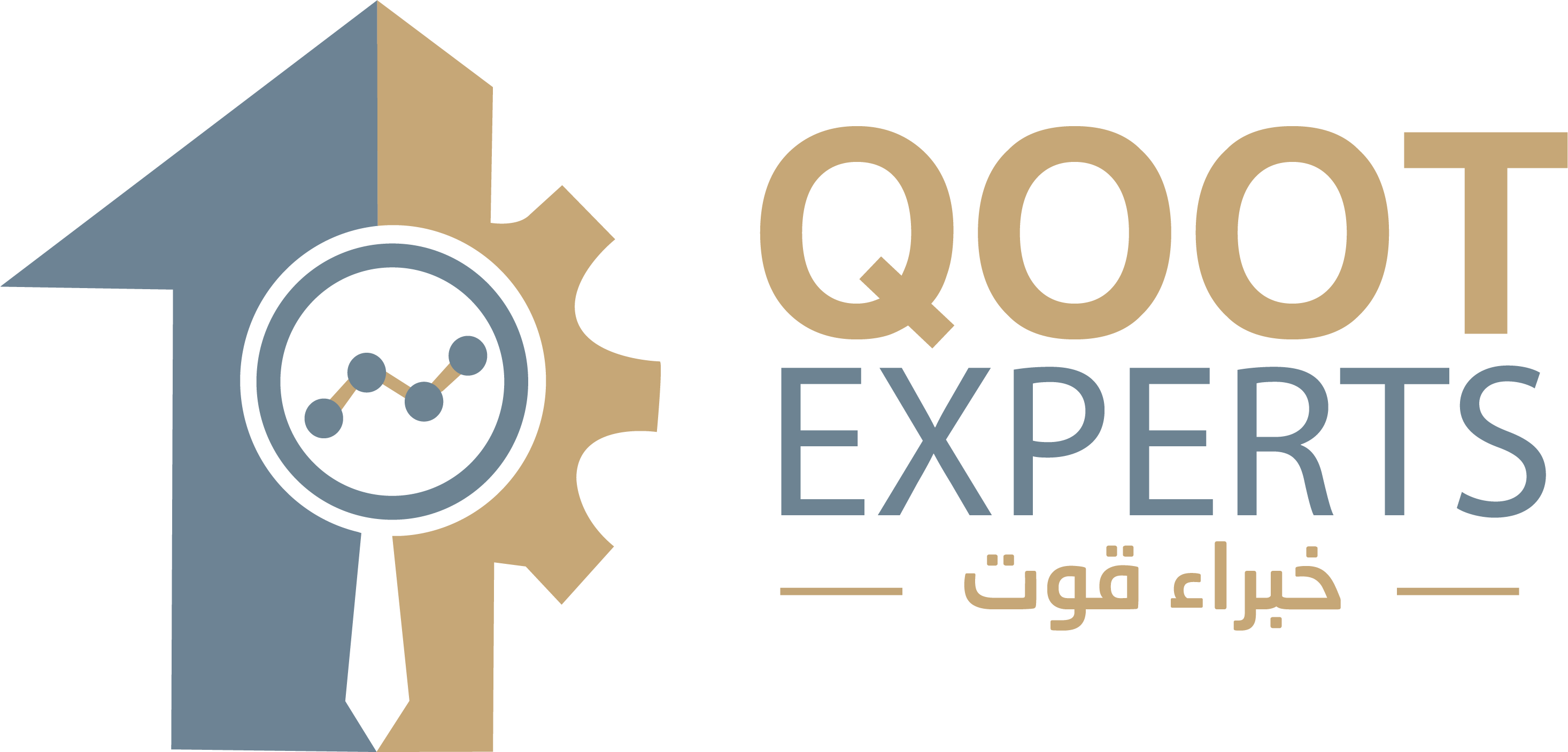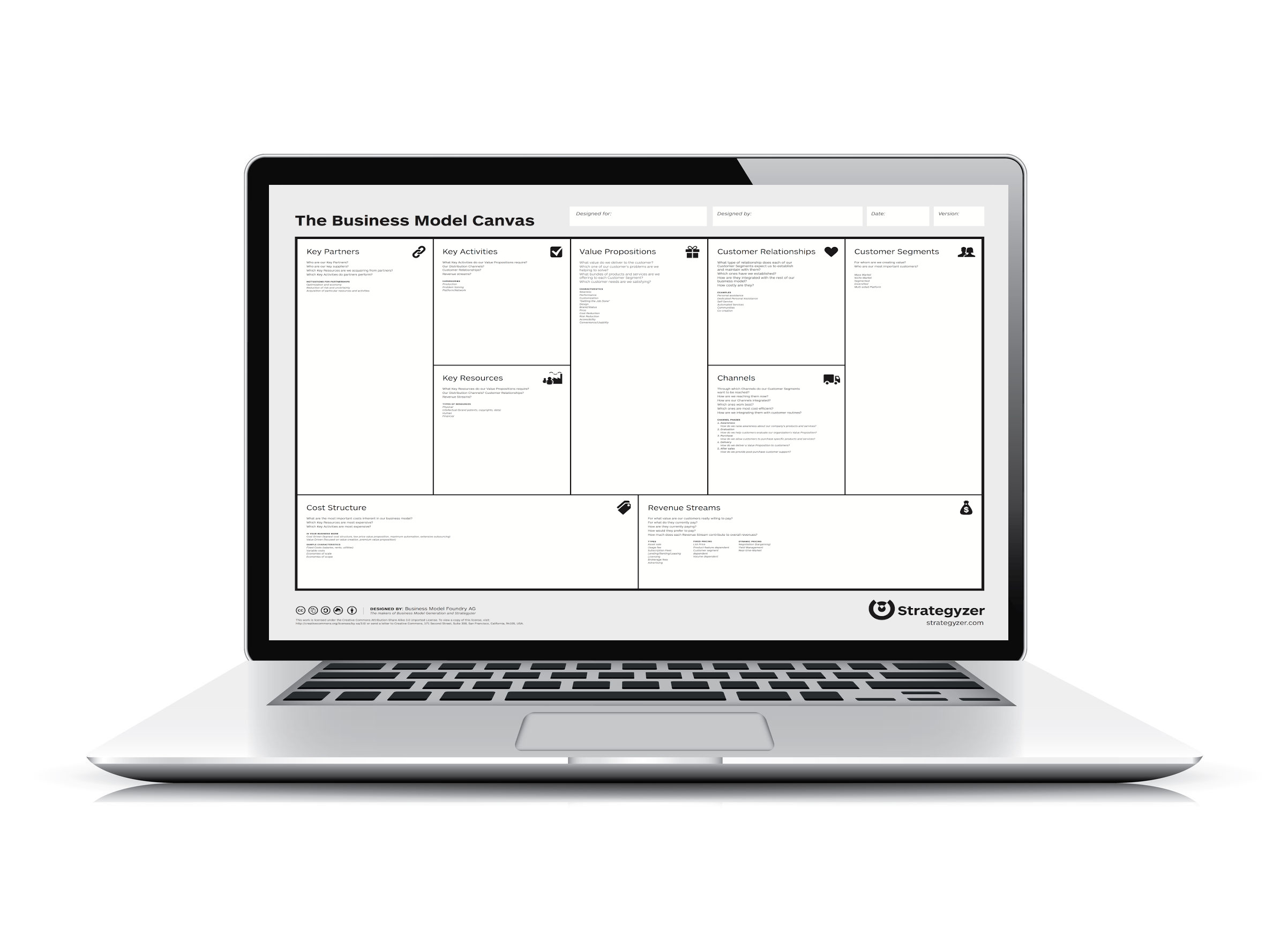To start a business, you need a thorough review of your project beforehand. This will allow you to systematically analyze your business idea and verify that the planning is based on realistic conditions. From this, you can devise measures and alternatives, consider new possibilities, and verify their feasibility. Particularly in the beginning of your business, can you make such big adjustments quickly, which may result after a “point of no return”? Expedited and costly restructuring measures.
We always start with a feasibilty study and after that we’ll decide together that either you just need a business model or a business plan.





